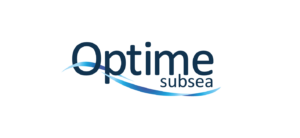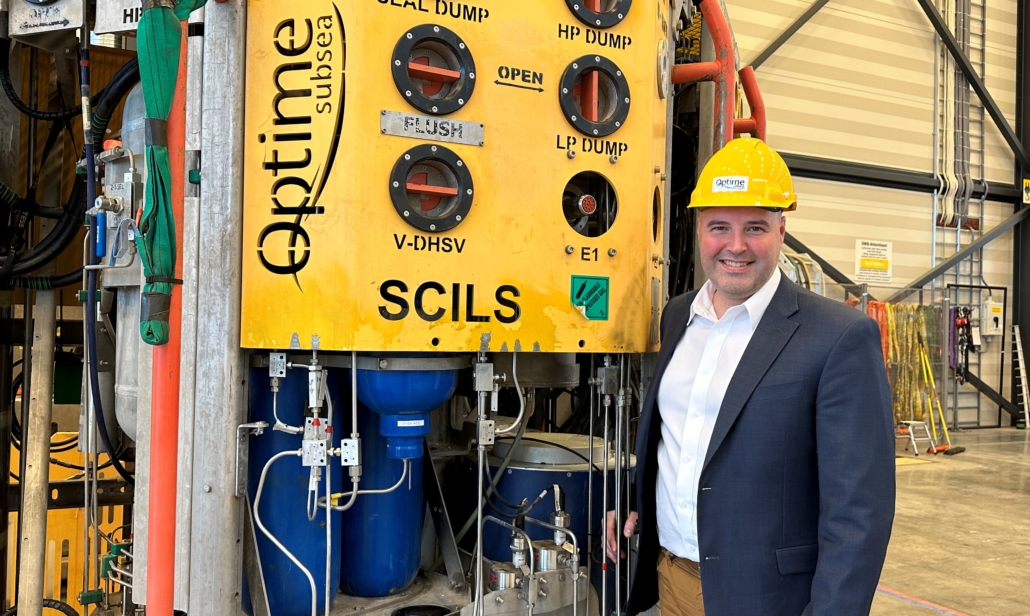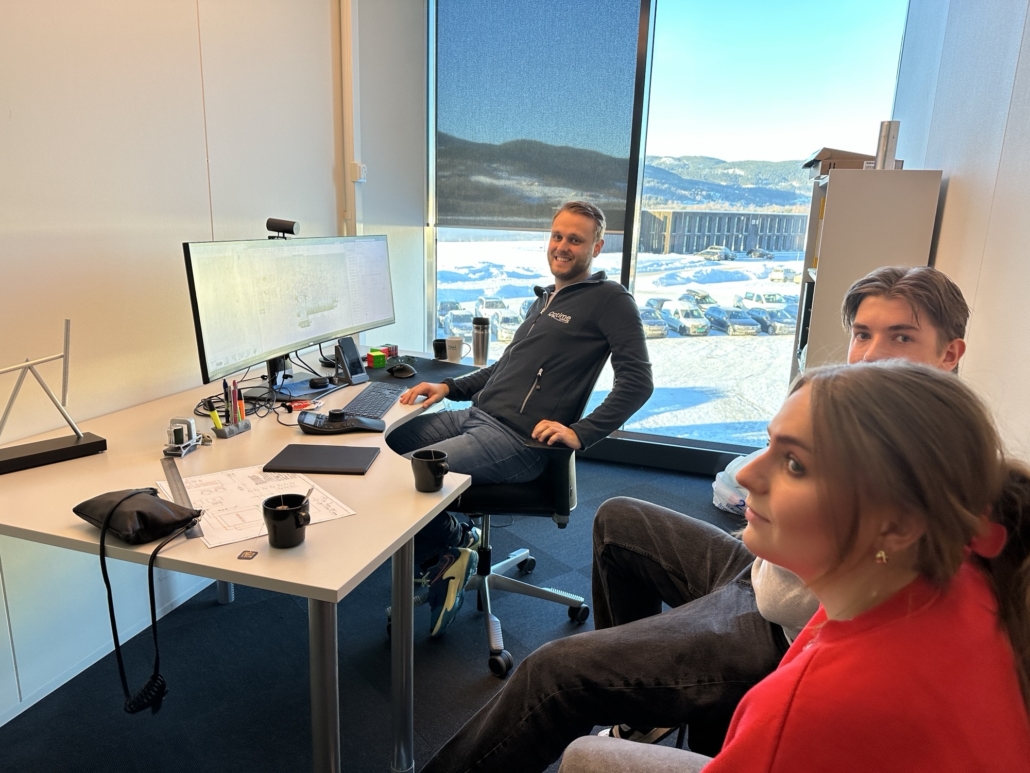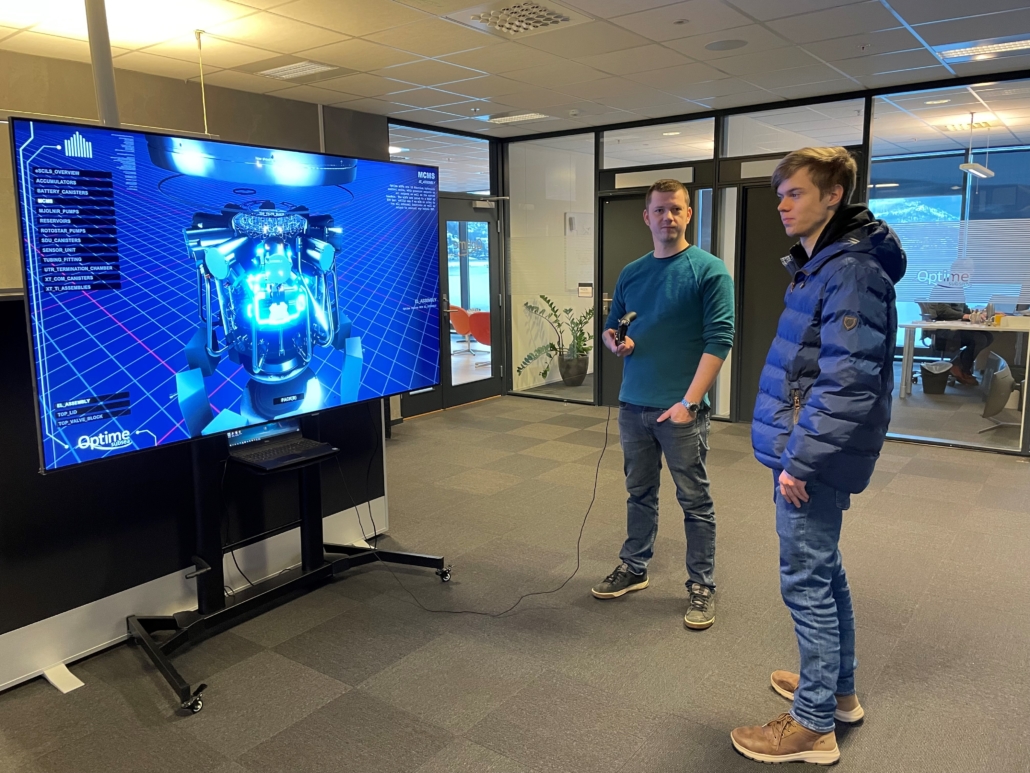Equinor orders remotely controlled well completion systems
Equinor orders remotely controlled well completion systems The latest award comes only three months after Equinor ordered a ROCS for use at its Rosebank field, west of Shetland, UK. Optime Subsea’s ROCS eliminates the need for both the umbilical, which traditionally connects the surface to the seabed for controlling the tubing hanger in subsea well […]



